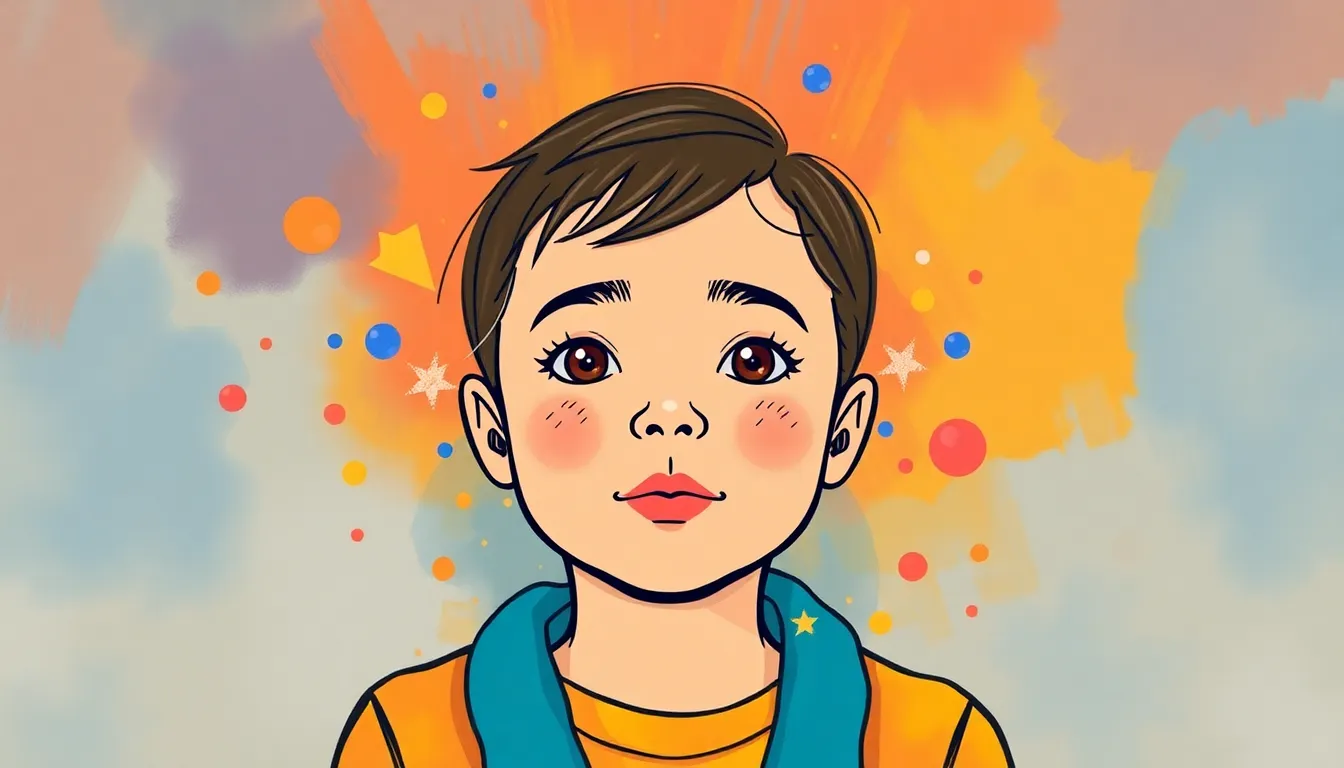Understanding Emotions: A Comprehensive Exploration of Their Development
Emotions serve as a cornerstone of our life experiences, influencing our actions, interactions, and the way we perceive the world. From the moment we enter this world, our emotional responses shape our identities and relationships. This article aims to delineate the intricate journey of emotional development from infancy through adolescence and into adulthood, incorporating insights from neuroscience and psychology to enrich our understanding.
The Foundations of Emotional Development
Infancy: The Inception of Emotional Experience
Upon birth, an infant has limited ability to comprehend their environment. Their experiences are dominated by feelings linked to bodily sensations. Interoception, or the awareness of internal states like hunger and discomfort, takes precedence over exteroception, which is the awareness of external stimuli. This internal focus leads infants to express needs through crying, signaling caregivers to respond. This primal interaction lays the groundwork for emotional bonds and the development of a sense of safety and attachment.
During this early stage, the caregiver's response is crucial. Consistent and nurturing responses to an infant's needs foster secure attachments, while neglect can establish insecure attachments. The quality of these early bonds serves as a prototype for future emotional relationships.
Developmental Theories and Attachment Styles
Various research paradigms highlight different attachment styles, shaped by the responses of caregivers. Ainsworth's strange situation task categorized infants into four attachment styles: secure, avoidant, ambivalent, and disorganized.
- Secure Attachment: Infants who show joy upon a caregiver's return after a brief separation, indicative of a healthy emotional bond.
- Avoidant Attachment: Infants who may ignore or avoid a caregiver upon return, often indicating a lack of trust.
- Ambivalent Attachment: Infants displaying mixed reactions, seeking comfort yet showing signs of anger or resentment.
- Disorganized Attachment: Infants exhibiting confused or apprehensive behaviors, indicative of fear or unpredictability in attachment.
Understanding these styles allows for greater insight into how emotions evolve and impact interpersonal relationships throughout life.
The Role of Neurobiology in Emotions
Neural Circuits and Emotional Responses
Emotions are not confined to specific areas of the brain; rather, they arise from complex circuits involving various neural connections. The limbic system, previously thought to be the epicenter of emotions, interacts with multiple brain areas that collectively produce emotional experiences.
There is evidence to suggest that emotions are shaped by interactions between dopamine, serotonin, and oxytocin—neurotransmitters that regulate mood, pleasure, and bonding. Dopamine is associated with motivation and pleasure, while serotonin impacts mood stability. Oxytocin, often dubbed the




